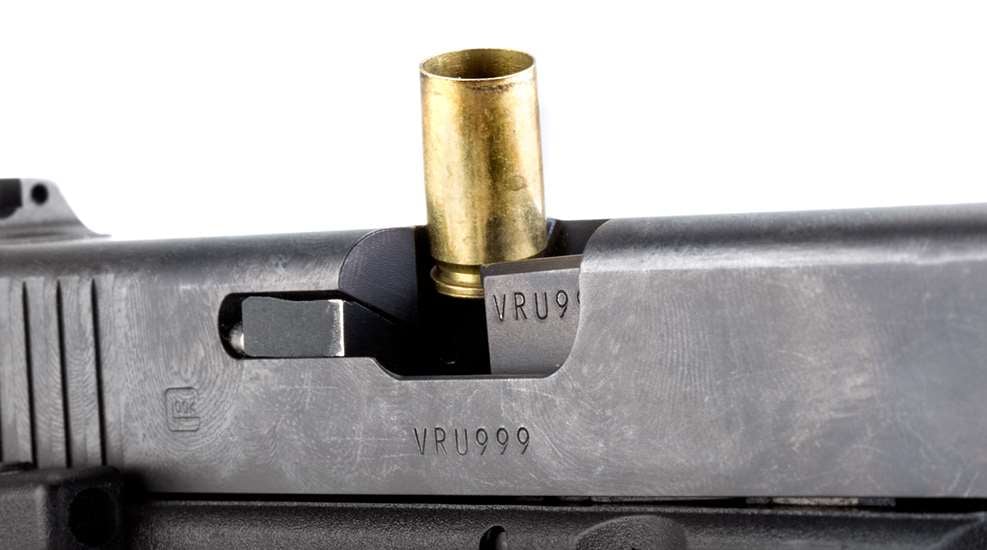Common Firearm Malfunctions and How Gunsmiths Fix Them
9/24/20252 min read


No matter how reliable a firearm is advertised to be, malfunctions happen to every gun owner. Sometimes it’s a simple maintenance issue; other times it’s a sign of deeper mechanical wear. Knowing what’s normal, what’s not, and when to call a professional can save you time, money, and frustration.
Let’s look at the most common malfunctions gunsmiths see—and how they’re fixed.
1. Failure to Feed
The problem: A round fails to chamber correctly, stopping the slide or bolt partway closed.
Common causes
Magazine issues: Weak springs, damaged feed lips, or cheap aftermarket mags are top offenders.
Ammunition: Out-of-spec or low-power ammo can fail to cycle reliably.
Feed ramp: A rough or dirty ramp can prevent smooth feeding.
The fix:
A gunsmith will first rule out the magazine, then polish or re-cut the feed ramp if necessary. They’ll also check recoil springs and slide timing. In many cases, a thorough cleaning and inspection resolve the issue—but if metal parts are out of spec, replacement may be needed.
2. Failure to Eject / Extract
The problem: A spent casing stays stuck in the chamber, or it’s partially ejected and jams the next round.
Common causes:
Dirty chamber or extractor claw: Fouling buildup prevents proper grip on the case rim.
Worn extractor spring or hook: It can’t pull the casing out with enough force.
Ammunition pressure issues: Underpowered loads fail to cycle the action completely.
The fix:
A gunsmith will clean and inspect the extractor, check tension, and possibly replace the spring or claw. They may also inspect chamber dimensions and polish if roughness is found. In semi-autos, they’ll ensure the ejector is correctly timed to the slide movement.
3. Light Strikes
The problem: You pull the trigger, the hammer falls, but the round doesn’t fire. The primer shows only a shallow dent—or none at all.
Common causes:
Weak or fatigued hammer/striker spring
Dirty firing pin channel
Excessive lubricant or debris in cold conditions
Short headspace or misaligned parts
The fix:
Gunsmiths clean the firing pin channel, replace worn springs, and verify firing pin protrusion. They’ll also check for trigger or sear engagement issues that can reduce hammer energy. Consistent ignition is restored by ensuring the entire firing chain has proper force and alignment.
4. When to See a Gunsmith
It’s easy to troubleshoot small issues—cleaning, swapping magazines, or trying different ammo. But if problems persist after those steps, it’s time for a professional inspection.
You should see a gunsmith if:
The malfunction repeats with multiple ammo brands or magazines.
You notice visible wear, cracks, or metal deformation.
You’re unsure about disassembly or reassembly safety.
A qualified gunsmith has the precision tools and experience to diagnose underlying causes that aren’t visible to the naked eye.
5. The Importance of Preventative Maintenance
Most malfunctions are preventable with regular cleaning, lubrication, and inspections. Neglect, old springs, and dirty chambers are behind the majority of repair jobs that come through the door.
Simple habits make a huge difference:
Clean your firearm after every range session.
Replace recoil and hammer springs at regular intervals.
Inspect magazines and feed ramps for damage or residue.
A well-maintained gun not only runs more reliably—it lasts longer and stays safer to operate.
Final Thoughts
Every firearm will hiccup eventually, but a little knowledge goes a long way. Understanding common malfunctions helps you troubleshoot wisely and recognize when to bring in expert help.
👉 If your firearm isn’t cycling, feeding, or firing like it should, stop by JT Arms for a full inspection and reliability tune-up. We’ll get it running right again—safely and professionally.
